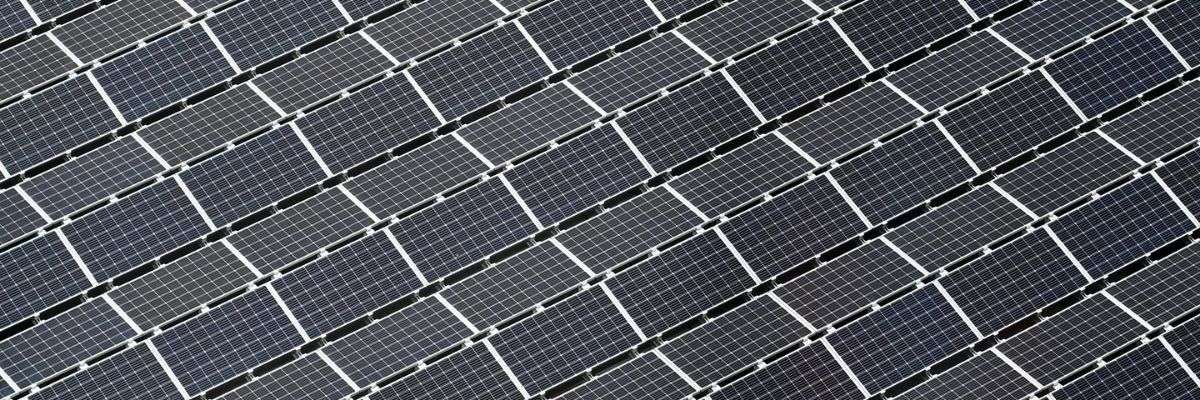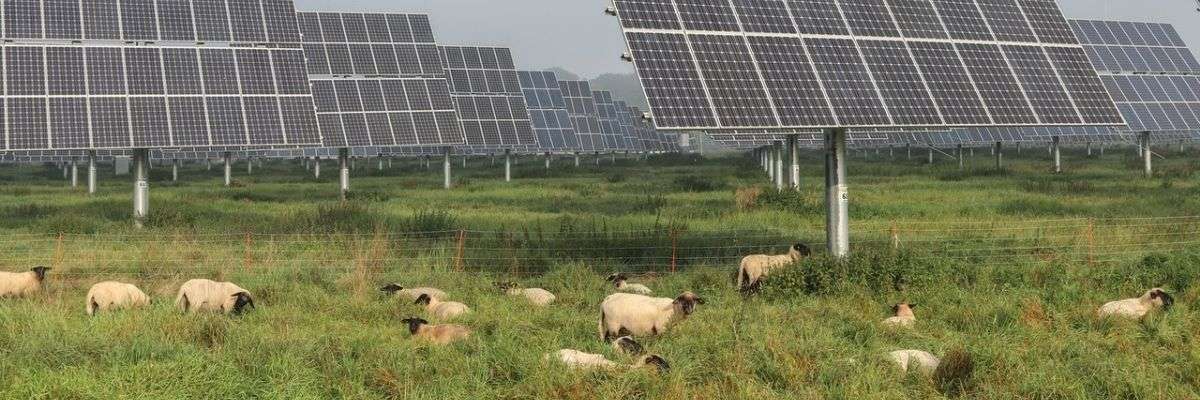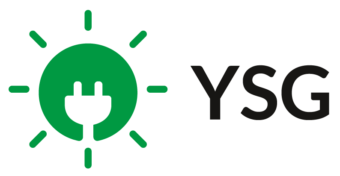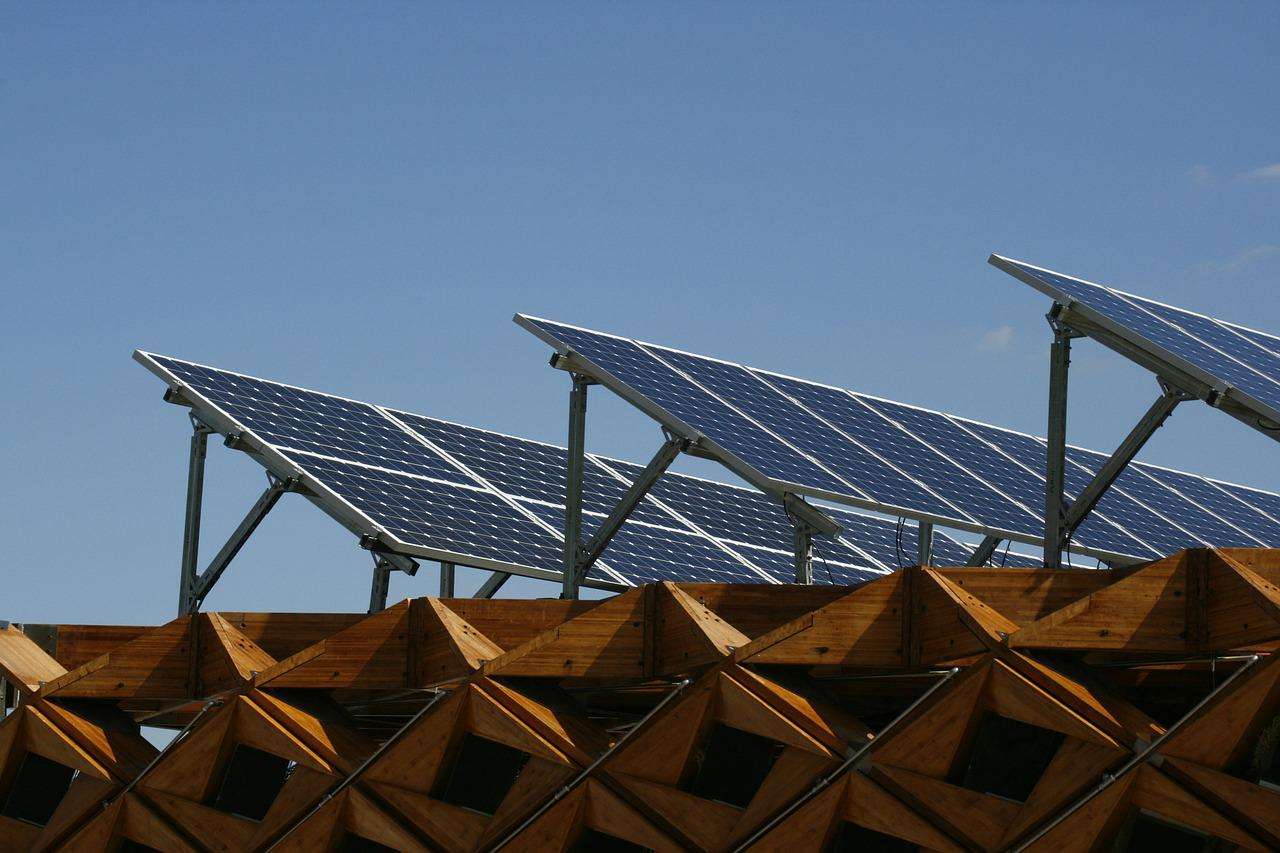With the rise of community solar across the United States in recent years, the benefits of the community solar model are becoming more and more apparent. In particular, New York has emerged as a nationwide leader in the community solar sector, having recently become the first state to hit the milestone of over 1 GW of community solar installed and operational. With this rapid growth in mind, we are going to take a closer look at the key benefits of community solar in 2022, with a particular focus on New York.
What are the Benefits of Community Solar in 2022?
Since the implementation of a regulatory framework for New York community solar in 2015, it has become clear that the community solar model provides a wide range of benefits for both individuals and businesses. A recent report from the New York Solar Energy Industries Association (NYSEIA), entitled ‘Realizing the Potential for Community Solar in New York State: Benefits, Barriers, and Solutions’, has identified five key areas where the benefits of community solar are clearly identifiable. The five areas outlined in the report are:
- Expanded & Equitable Clean Energy Access
- Economic Benefits
- Environmental Benefits
- Environmental Justice
- New York’s CLCPA Targets
In this article, we will explore how individuals, businesses, and other organizations can benefit from the community solar model in each of these five areas.
Expanded & Equitable Clean Energy Access
The most commonly-cited benefit of the community solar model is that it offers a wider range of individuals, businesses, and organizations the opportunity to receive the benefits of solar energy without having to install panels on-site. As of 2015, analysis from the National Renewable Energy Laboratory (NREL) and the U.S. Department of Energy estimated that approximately half of U.S. households and businesses were unable to install solar on-site, generally owing to roadblocks which fall under three broad categories.
- Technical: Many rooftops aren’t capable of housing solar installations owing to a variety of factors including insufficient sunlight, poor structural integrity, and incorrect angles for solar panels.
- Ownership: For renters and others, lack of ownership or authority to make decisions regarding modifications to the property prohibits the installation of a solar PV system.
- Financial: For many residents and businesses in New York, and indeed nationwide, the cost of owning or leasing a solar panel system over its lifetime may prove an insurmountable obstacle to going solar.
If any or all of the roadblocks above are prohibiting an individual or business from going solar, the community solar model offers an alternative path to the benefits of solar energy for those who had previously been excluded from the solar sector.
Economic Benefits
In an economic sense, community solar provides benefits to both individual subscribers and the local community in general. These economic benefits can be divided into three key areas.
- Bill Credits: A typical community solar subscriber will receive bill credits of 5 to 10 percent on each utility bill. This is particularly beneficial for low-income households, where energy spend is often twice that of moderate- and high-income households.
- Economic Development: The deployment of a community solar project generates economic benefits at every stage of the process, with employment, investment, and tax revenue arising from the development, construction, operation, customer acquisition, and management of a community solar project. Furthermore, the development and construction phases also provide opportunities for local industries like landscape management, fence installation, electrical engineering, construction, consulting services, and more.
- Electric Grid Enhancements & Avoided Costs: A 2020 report from Vibrant Clean Energy has shown that investment in community & rooftop solar would save the U.S. $473 billion by 2050 when compared to a clean energy grid without the expansion of local solar and storage. In addition to this, the development of community solar often necessitates new distribution infrastructure—which is paid for by the project sponsor but benefits the wider community.
- Elimination of carbon dioxide and airborne pollutants.
- Elimination of water pollution resulting from fossil fuel extraction, as well as wastewater runoff from open-air pits and underground wells.
- Avoidance of mountain blasts, deforestation, strip mining, drilling, and other harmful extraction processes.
- The ecosystem benefits from soil formation, habitat preservation, flood protection, carbon sequestration, and pollination.
- Nature benefits owing to the non-invasive nature of community solar, which does not destroy or significantly alter soil content, biodiversity, or ecosystems.
- 85% Reduction in GHG Emissions by 2050
- 100% Zero-emission Electricity by 2040
- 70% Renewable Energy by 2030
- 9,000 MW of Offshore Wind by 2035
- 3,000 MW of Energy Storage by 2030
- 6,000 MW of Solar by 2025
- 22 Million Tons of Carbon Reduction through Energy Efficiency and Electrification

Environmental Benefits
A community solar project uses low-impact, renewable energy making it a significantly better environmental option compared to the use of fossil fuels. The main environmental benefits of community solar include:
Environmental Justice
A lack of access to renewable energy sources can have damaging long-term effects on those communities which reside in close proximity to fossil-fuel generating power plants. More often than not, these plants are located near communities of color, resulting in these communities being disproportionately impacted by air pollution, greenhouse gas emissions, and the other negative effects of fossil-fuel generation. Consequences for these disproportionately-impacted communities include higher rates of poverty, respiratory illness, cancer, and heart disease. The deployment of community solar is one tool to help address these historical inequalities, offering the impacted communities access to clean, renewable energy and, as a result, diminishing the need for fossil-fuel generators in their localities.
New York’s CLCPA Targets
The passage of New York’s Climate Leadership and Community Protection Act (Climate Act) in 2019 mandated some of the most ambitious clean energy targets in the country. Achieving these goals, outlined below, will require further deployment of community solar. In particular, community solar will play a key role in meeting the distributed solar target of 6 GW by 2025, while also providing LMI communities in NY with greater access to the benefits of solar.
Are you interested in going solar but unable to install panels at your property? Community solar is the solution. Contact YSG Solar today to learn how the community solar model works, what you need to do to sign up, and how much you could save on your utility bills. Call the office at 212.389.9215 or send us an email to find out more.
YSG Solar is a project development company responsible for commoditizing energy infrastructure projects. We work with long-term owners and operators to provide clean energy assets with stable, predictable cash flows. YSG's market focus is distributed generation and utility-scale projects located within North America.
Sources:
https://www.nyseia.org/policydocuments/nyseia-community-solar-report-april-2021
https://www.nyseia.org/_files/ugd/a89dc9_a7fcad7b13754822b2652a965d6adaae.pdf

